Learn how to use low glycemic sweeteners, both natural and artificial. We’ll also cover the taste and in some cases the safe amount to consume.
Furthermore, learn the difference between healthy sweeteners and low glycemic sweeteners as well as which is the healthiest low glycemic sweetener.
In case you prefer watching or listening to reading, play this video:
Table of contents
15 Low Glycemic Sweeteners
Let’s start with truly wholesome sweeteners! Nothing bad has been added and nothing good taken away.
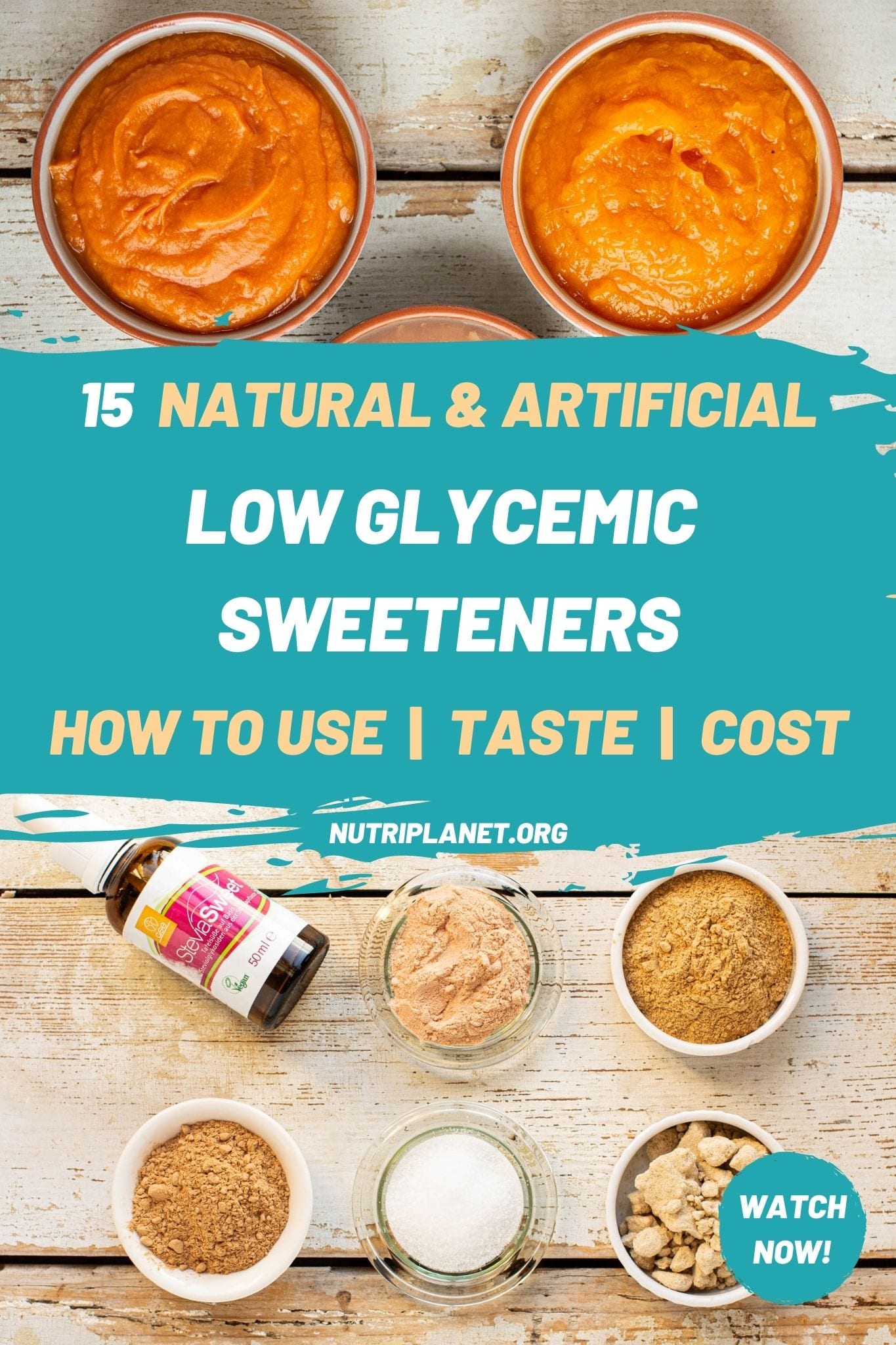
Whole Food Low Glycemic Sweeteners
First, lets talk about healthy natural sweeteners that come in whole food form. In other words, nothing good has been taken away and nothing bad added.
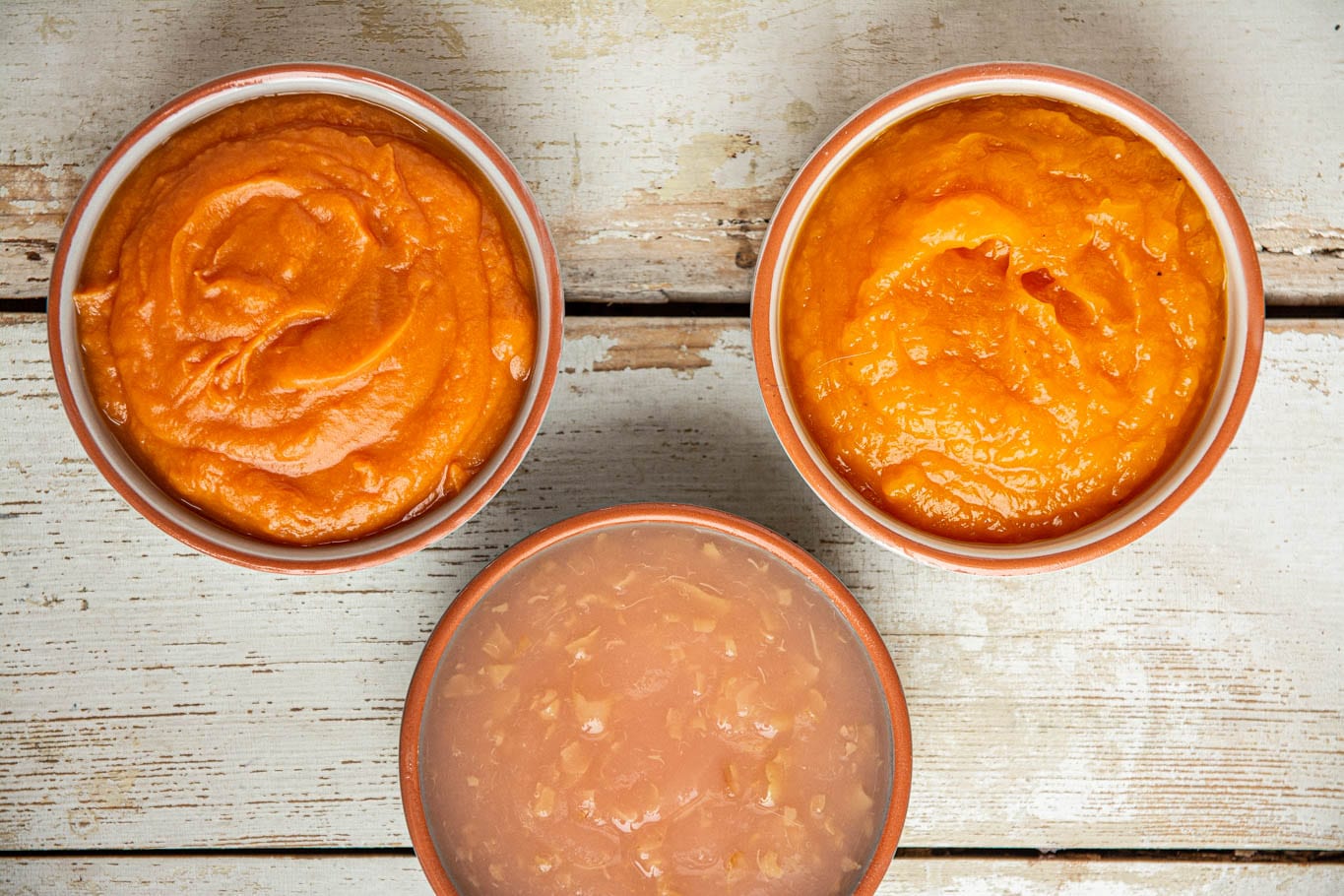
1. Applesauce and Unsweetened Pear Jam
It’s easy to make applesauce at home or get store bought. However, make sure it’s unsweetened. This option is especially good, if you already have a little bit advanced palate, i.e. you appreciate subtle sweetness.
Glycemic load:
1 cup = 5
1 tbsp = 0.3
Read more about glycemic load and index and why those matter.
Download my FREE Guide to Low Glycemic Plant-Based Diet.
How to use it?
Add applesauce to your porridge or dessert bowl or use as topping. Applesauce is also great for baking – think of muffins, brownies, cookies and cakes.
2. Pumpkin Puree
Next up is pumpkin puree. The sweetest winter squash with a thick, bright orange, moist flesh that hides very few seeds is butternut squash. It has an elongated pear shape with a thin, pale tan skin that is easy to peel.
Pumpkin puree is a step forward from applesauce in terms of sweetness. In fact, to my trained palate it is very sweet.
Glycemic load:
1 cup = 10
1 tbsp = 0.6
How to use it?
Use pumpkin puree the same way as applesauce. Watch how I make a delicious mousse with pumpkin puree as the main ingredient:
Enjoy more recipes using either butternut squash of pumpkin:
- Butternut Squash Muffins
- Butternut Squash Pie
- Pumpkin Blondies
- Pumpkin Bread
- Pumpkin Cheesecake
- Spiced Pumpkin Chia Pudding
- Pumpkin Spice Overnight Oats
- Pumpkin Chocolate Chip Cookies
3. Sweet Potato Puree
Another sweet tasting puree made of starchy vegetable is sweet potato. The glycemic load depends on whether you bake or steam it.
Glycemic load (baked):
1 cup = 25
1 tbsp = 1.6
Glycemic load (steamed or boiled):
1 cup = 23
1 tbsp = 1.4
How to use it?
Use it the same way as pumpkin puree. Some excellent recipes on my blog with sweet potato as sweetener:
- Sweet Potato Brownies
- Chocolaty Raw Buckwheat Cream
- Sweet Potato Pancakes
- Sweet Potato Muffins
- Butternut Squash and Sweet Potato Tartlets
4. Mango and Persimmon Puree
Moving up on sweetness scale with mango and persimmon puree.
Glycemic load:
1 cup = 12.8
1 tbsp = 0.8
How to use?
Again, you can use those sweet purees the same way as applesauce and pumpkin puree. However their sweetness is more intense, so you’d need less. Excellent in porridges and desserts like raw buckwheat ricotta, chia pudding or oatmeal. I even have persimmon-banana sweetened muffins up on blog.
5. Banana Puree
Banana is up next. Its glycemic load greatly depends on the ripeness of the fruit. On average it’s:
1 cup = 18
1 tbsp = 1.1
How to use it?
Once more, make use of it in baking, porridges, desserts. I’d suggest to note the quantities though. Keeping in mind that ideally you wouldn’t exceed 20 glycemic load points at one mealtime.
And the last whole food low glycemic sweeteners are:
6. Nut Butters Made of Sweeter Nuts (Cashews, Peanuts, Almonds)
If you’re just coming off the sugar, you might not believe that nut butters can be sweet. However, give yourself a few weeks and nuts will actually taste sweet to you! To be honest, cashew butter is awfully sweet for me.
Glycemic load
Peanuts and almonds have 0 glycemic load points while cashew butter comes with 1 point per tbsp.
How to use them?
Use nut butters in combination with other whole food sweeteners mentioned earlier for baking, in porridges, smoothies and desserts.
Besides, it’s so easy to make healthy additive-free nut butters at home:
Almost Whole Food Low Glycemic Sweeteners
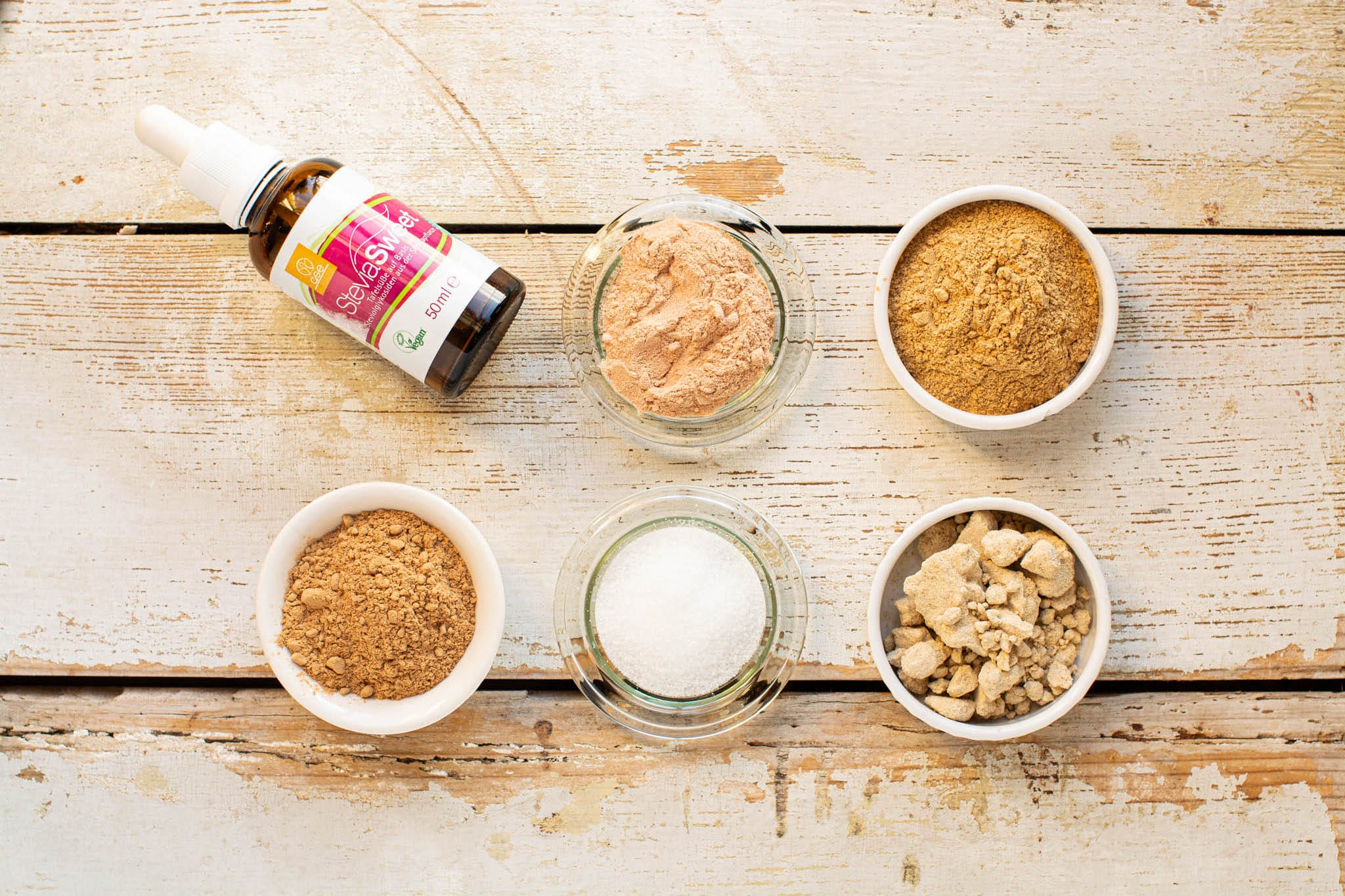
Almost whole food, because water has been removed from the following sweet powders. However, there’re still vitamins, minerals and most importantly fibre! As with the whole food sweeteners, also those powders do not go well with your hot beverages, but they have other excellent uses.
7. Carob Powder
Carob powder is made from the dried pods of the carob tree. One of the benefits of carob powder is that it’s a caffeine-free ingredient that can be used as a replacement for cacao powder in brownies, cookies, cakes and smoothies.
Carob is less bitter than chocolate and has a roasted, naturally sweet flavour. For this reason my carob chips are made without added sugar.
Be aware that there is also roasted carob powder which tastes very bitter and therefore cannot be used as sweetener. Therefore, when you order online make sure it’s light-coloured carob (unroasted or lightly roasted).
Glycemic load
1 tbsp = 2.4
Is it healthy? According to Dr. Greger, it’s a green light food! Yeah! It can even protect human colon cells from DNA damage. [1]
How to use carob
The use of carob is almost identical to mesquite powder. However, carob is more versatile in a sense that you can make delicious chocolaty-looking bakes or desserts without the need to add any other sweeteners. This is how my healthy chocolate sauce and frosting are made. Not to mention the usual porridges and dessert bowls.
More recipes with carob powder:
- Chocolate Bliss Balls
- Gingerbread Flavoured Energy Balls
- Vegan Paleo Brownies
- Chocolate Chip Cookies
Buy carob powder on amazon.com or amazon.co.uk [affiliate links]
8. Mesquite Flour
Next sweet powder is mesquite flour which is a traditional native American food. It comes with a low GI and a high mineral content. Mesquite powder or flour is made from the leguminous seed pods of the drought-tolerant mesquite plant, also known as algarrobo.
Most importantly, mesquite flour has a very pleasant sweet, caramelly and nutty taste.
Glycemic load
To be honest, I didn’t find the glycemic load of mesquite anywhere. However, considering its similarities to carob powder, it might also be around 2.4 per tablespoon.
How to use mesquite
I simply love it in my evening dessert bowl made of oats and chia seeds. Combined with either applesauce or mango puree, I do not need any other sweetener.
You can also add it into your oatmeal or other porridge. Over the years I’ve used mesquite any many recipes on my blog including cinnamon rolls, caramel sauce, lemon cake, blondies, cookies etc.
Buy mesquite flour on amazon.com or amazon.co.uk [affiliate links]
9. Yacon Powder
Yacon powder is a bit more rare than the previous two powders. Smallanthus sonchifolius, derived from the yacon root, is a South American tuber that tastes like an apple. Its health boosting properties and taste have been appreciated in Peru and other South American cultures for centuries. Yacon has been enjoyed as a valuable health food because it contains prebiotics called inulin. The latter feeds the healthy bacteria (probiotics) in your gut.
Yacon powder is mildly sweet and has an aftertaste if you eat the pure powder. However, it’s not distinguishable when mixed into foods, i.e. porridge, cake/cookie batters etc.
Glycemic load
Again, I didn’t find information about the glycemic load anywhere. And to add insult to injury, also the rest of the nutritional data varies enormously. For example, the amount of fibre presented by different manufacturers went from 2 to 40 grams per 100 grams of product. Go and figure! However, and this is my personal assumption, so don’t take it too seriously, but as it’s very similar to carob and mesquite I’d presume around 30 points per 100g and 3 points per tbsp?
How to use yacon powder
Definitely don’t use yacon in the drinks as it’s a powder. As with all the other powders, use it for baking or adding sweetness to desserts, smoothies and porridge bowls.
I found pure yacon powder only on amazon.co.uk [affiliate link]
10. Lucuma Powder
Lucuma powder is the fruit of the Pouteria lucuma tree native to South America. Nicknamed the “gold of the Incas,” lucuma has been used as a traditional remedy in South America for centuries. [2, 3]
Lucuma powder also offers a relatively good amount of both soluble and insoluble fibre. Insoluble fiber adds bulk to your stool and prevents constipation by helping food move smoothly through your gut. [4]
Soluble fiber feeds your beneficial gut bacteria, which, in turn, produce short-chain fatty acids (SCFAs) like acetate, propionate, and butyrate. These are then used as food by cells in your gut, keeping them healthy.
These short-chain fats also protect against inflammation and improve symptoms of gut disorders, including irritable bowel syndrome (IBS), Crohn’s disease, and ulcerative colitis. [5]
Glycemic load
1 tbsp = 0.5
One tablespoon (7.5 grams) of lucuma powder also provides some calcium, iron, potassium, niacin, and vitamin C — though these amounts generally cover less than 1% of the Daily Value (DV). Still, it’s more nutritious than other popular sweeteners.
Lucuma contains a variety of antioxidants, which are powerful compounds that help protect your cells from damage caused by highly reactive molecules called free radicals.
Lucuma is rich in complex carbs and fibre and may reduce your body’s ability to absorb simple sugars. This may help prevent blood sugar spikes and regulate blood sugar levels, though research in this area is limited.
How to use lucuma powder
Mix it into desserts, in baking, smoothies, nicecreams.
Buy lucuma powder on amazon.com or amazon.co.uk [affiliate links]
11. Monk Fruit Juice Powder
It is a natural low-calorie sugar alternative, derived from real monk fruit. Also known as Luo Han Guo, monk fruit is a small melon native to southeast Asia. The fruit is very sweet, due primarily to naturally occurring antioxidants known as mogrosides, which give a cleaner and more intense sweetness.
Be aware though – most sellers provide artificial sweeteners including monk fruit extract, which is absolutely not the same as dehydrated and ground monk fruit.
Now, if it’s the real thing it’ll have 400 kcal and 1 gram of fibre per 100 grams of powder. I didn’t find any info on the glycemic load anywhere but given that it has a lot less fibre than carob and mesquite, it probably comes with a higher GL as well.
How to use monk fruit powder
It is being claimed to be 8 times sweeter than regular sugar – unfortunately I can’t vouch for that as I haven’t tried it myself.
Use it in beverages, for baking or adding sweetness to desserts, smoothies, sauces, and porridge bowls.
Check out those products by Matakana Superfoods, West Point Naturals, and Nuts.com.
12. Apple Juice Concentrate
Apple juice concentrate is the last non-artificial low glycemic sweetener in my list.
Juice concentrate is fruit juice from which most of the water has been extracted. Depending on the type, it may offer some essential nutrients, including vitamins and minerals.
When most of this liquid is removed, the result is a thick, syrupy product known as juice concentrate. It is rich in nutrients but lack fibre. Definitely make sure there are no additives before you purchase. [6]
Glycemic load:
1 tbsp = 3.2
How to use it?
For example, I’ve come across commercially produced soy milks that are sweetened with apple juice concentrate. The result is very pleasant tasting product!
As it’s liquid you can even add it to hot and cold drinks, except coffee and matcha as it has quite a strong taste. Besides that you can sweeten dessert and porridge bowls and use in baking.
Avoid it on Candida diet though, especially in the cleanse phase as it’s a liquid fruit derived sweetener with no fibre.
Low Glycemic Artificial Sweeteners
13. Stevia
Stevia is a sweetener and sugar substitute derived from the leaves of the plant species Stevia rebaudiana, native to Brazil and Paraguay. The active compounds are steviol glycosides, which have 30-150 times the sweetness of sugar, are heat-stable, pH-stable, and not fermentable.
However, steviocides, the active ingredients in stevia, are transformed into steviol by our intestinal bacteria (in colon) and this is toxic causing a big spike in mutagenic DNA damage.
How much stevia is safe?
The WHO considers up to 1.8mg of stevia compounds per pound of body weight to be safe amount (4mg per kg of body weight). In other words, drinking up to two stevia sweetened beverages a day should be considered harmless.
Stevia comes in 2 forms – dried and powdered stevia leaves and liquid stevia extract. While the first can be considered almost whole food, the latter is quite processed product.
How to use stevia.
I’ve found I can’t have the dry powdered form as the aftertaste is simply too strong and unpleasant while the liquid from is very mellow. So I’ve used it in baking as well as some dessert and candy recipes. When using stevia always keep in mind the safe dosage though.
12 drops of liquid stevia = 1 tbsp of granulated sugar
Buy liquid stevia on amazon.com or amazon.co.uk [affiliate links]
14. Xylitol
Xylitol is a sugar alcohol, that is found in small amounts in many fruits and vegetables and is therefore considered natural. Since xylitol is still a refined sweetener, it doesn’t contain any vitamins, minerals or protein. In that sense, it provides only empty calories.
Xylitol looks and tastes like sugar but has fewer calories and doesn’t raise blood sugar levels.
Even though sugar alcohols are technically carbohydrates, most of them do not raise blood sugar levels and thereby don’t count as net carbs, making them popular sweeteners in low-carb products. [7, 8]
Though the word “alcohol” is part of its name, it’s not the same alcohol that makes you drunk. Sugar alcohols are safe for people with alcohol addictions.
NB! Be careful not to over consume as it may cause digestive ailments. Due to sugar alcohols’ unique chemical structure, your body can’t digest them, and they pass unchanged through most of your digestive system. When they reach the colon, they are fermented by the resident bacteria, which produce gas as a side product. Consequently, eating high amounts of sugar alcohols may cause bloating and digestive upset. Since xylitol is not absorbed it draws fluid into your colon and can have laxative effect.
Use xylitol exactly as you would use regular sugar. Check out my Candida diet recipes for ideas on how to use xylitol.
Buy xylitol on amazon.com or amazon.co.uk [affiliate links]
15. Erythritol
Like xylitol also erythritol belongs to a class of compounds called sugar alcohols. It has about 70% of the sweetness of sugar. In large-scale production, erythritol is created when a type of yeast ferments glucose from corn or wheat starch. [9, 10]
Is erythritol safe?
Overall, erythritol appears to be very safe. It’s because erythritol is different from the other sugar alcohols. Namely, most of it gets absorbed into the bloodstream before it reaches the colon. [11] In fact, about 90% of erythritol is excreted unchanged in the urine. [12]
According to Dr. Greger’s standards erythritol was considered harmless as it’s found naturally in pears, melons and grapes, absorbed in the intestines. So it doesn’t have a laxative effect. However, new research has been conducted and it can now even seen as helpful as it contains antioxidants. [13, 14]
However, eating high amounts may still cause digestive upset as the remaining 10% travels down to colon. One study showed that 50 grams of erythritol in a single dose increased nausea and stomach rumbling. [15]
However, feeding studies providing up to 0.45 grams per pound (1 gram per kg) of body weight show that it is very well tolerated. [16, 17]
So, unless you’re eating massive amounts at a time, you’re unlikely to get an upset stomach.
How to use erythritol?
Again, use as regular sugar. As it’s a bit less sweet than sugar you might need a larger quantity though, i.e. per every tablespoon, add an extra teaspoon.
Buy erythritol on amazon.com or amazon.co.uk [affiliate links]
The Safety of Low Glycemic Artificial Sweeteners
When people were randomized into groups and were given drinks sweetened either with aspartame, straight sugar, stevia, or monk fruit sweetener, the 24h average blood sugar was more or less the same in all groups. How can this be? As it turns out, people in natural sweetener groups ate so much more for lunch following the morning sweet drink that their blood sugar shot up as high as if they were given sugar, although their blood sugar stayed stable after the sweet drink they consumed in the morning. [18]
Now I wish they did the study again with natural sweetener groups NOT pumping up their caloric intake and see what happens then with their blood sugars.
The bottom line is, none of the artificial sweeteners are helpful, because none of them have any nutrition, but they’re not harmful either.
Healthy Sweeteners vs Low Glycemic Sweeteners
Well, for example, dried fruit is considered a super healthy sweetener as it’s almost whole food (only the water from the fruit has been extracted). The problem is that now you’re getting the fructose in a concentrated form.
Apparently, the water in fruits has a purpose. Research shows that the greater the water content in the food, the greater the satiety effect. People tend to eat more or less the same weight of food day in and day out. So, the more water in your food, the less calories you consume. Plus, higher-volume foods also tend to take longer to chew, which slows the rate at which we consume the food and the more our brains get tipped off that we’re filling up. Read more from Michael Greger’s How Not to Diet. [affiliate link]
Which Popular Sweeteners Are Not Low Glycemic?
There are many sweeteners generally considered healthy, but which actually come with high glycemic load. Those sweeteners include:
- Agave syrup
- Coconut sugar and nectar
- Date sugar and syrup
- Yacon syrup
- Maple syrup
- Honey
- Raw cane sugar
An easy thumb rule to remember is that anything that comes in a syrup form does not contain any fibre. Therefore, it cannot be low glycemic. Also, anything that has something to do with dried fruits cannot be low glycemic.
What About Coconut Sugar?
Is coconut sugar a healthy substitute for table sugar?
Coconut sugar is a natural sugar made from coconut palm sap, which is the sugary circulating fluid of the coconut plant. It is often confused with palm sugar, which is similar but made from a different type of palm tree.
The end product is brown and granulated. Its colour is similar to that of raw sugar.
Coconut sugar is the dehydrated sap of the coconut palm.
Now, compared to regular sugar, unlike table sugar, coconut sugar does retain quite a bit of the nutrients found in the coconut palm.
Most notable of these are the minerals iron, zinc, calcium and potassium, along with some short-chain fatty acids like polyphenols and antioxidants. Then it contains a fibre called inulin, which may slow glucose absorption and explain why coconut sugar has a lower glycemic index than regular table sugar. its high sugar content outweighs any potential benefits. [19]
The glycemic load of coconut sugar is the same as that of table sugar:
1 tsp = 3 [20]
The Healthiest Low Glycemic Sweeteners
No doubt, the grand prize goes to whole food sweeteners, i.e. applesauce, fruit purees, pumpkin and sweet potato puree, and nut butters.
Whole food sweeteners are closely followed by almost whole food sweeteners such as carob, mesquite, yacon, and lucuma.
The healthiest low glycemic artificial sweetener seems to be erythritol with its antioxidant content as well as absorbability.

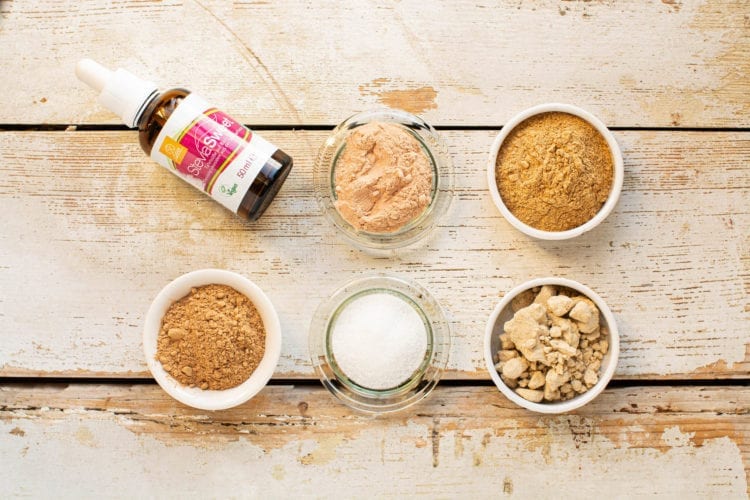

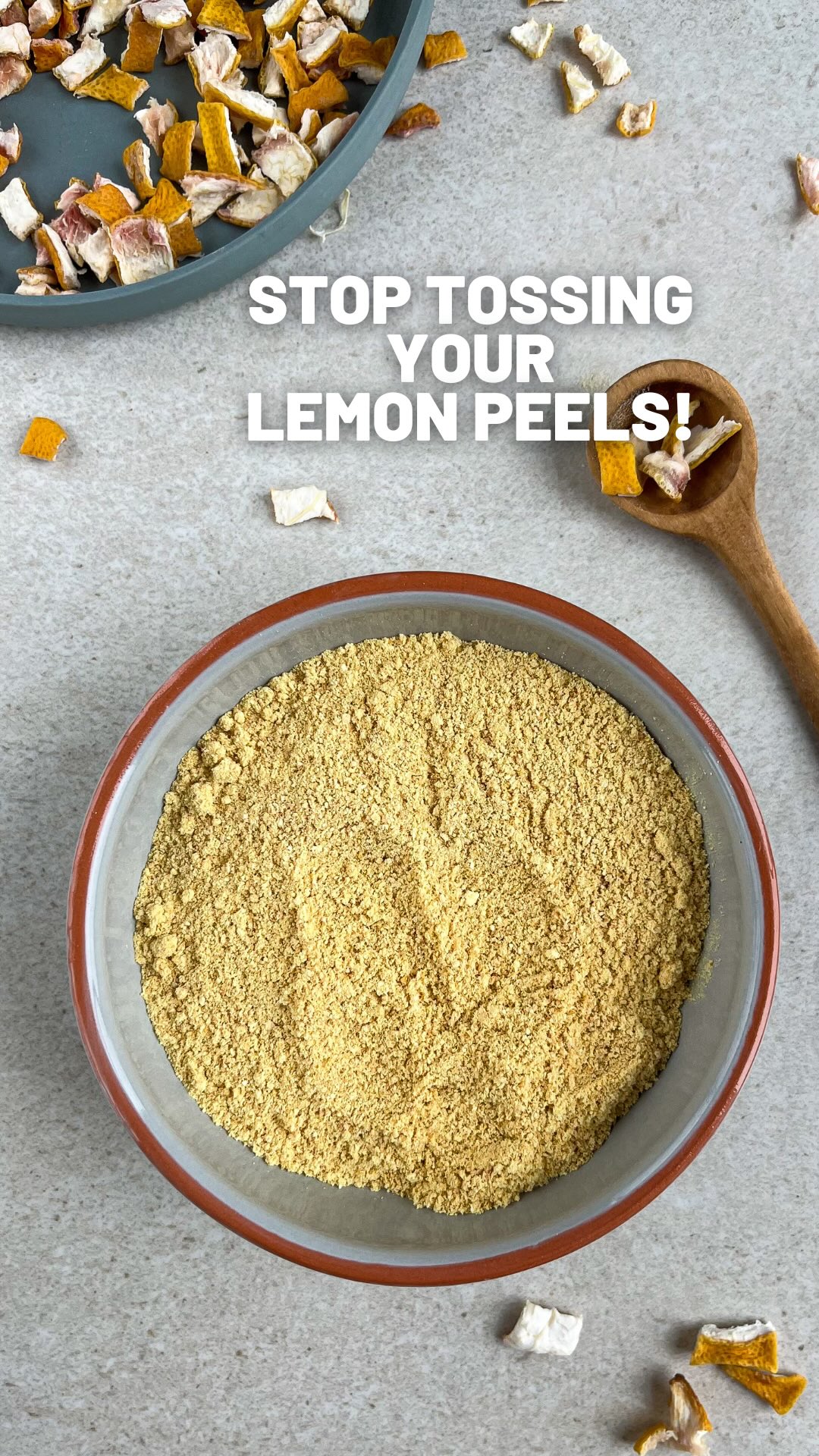
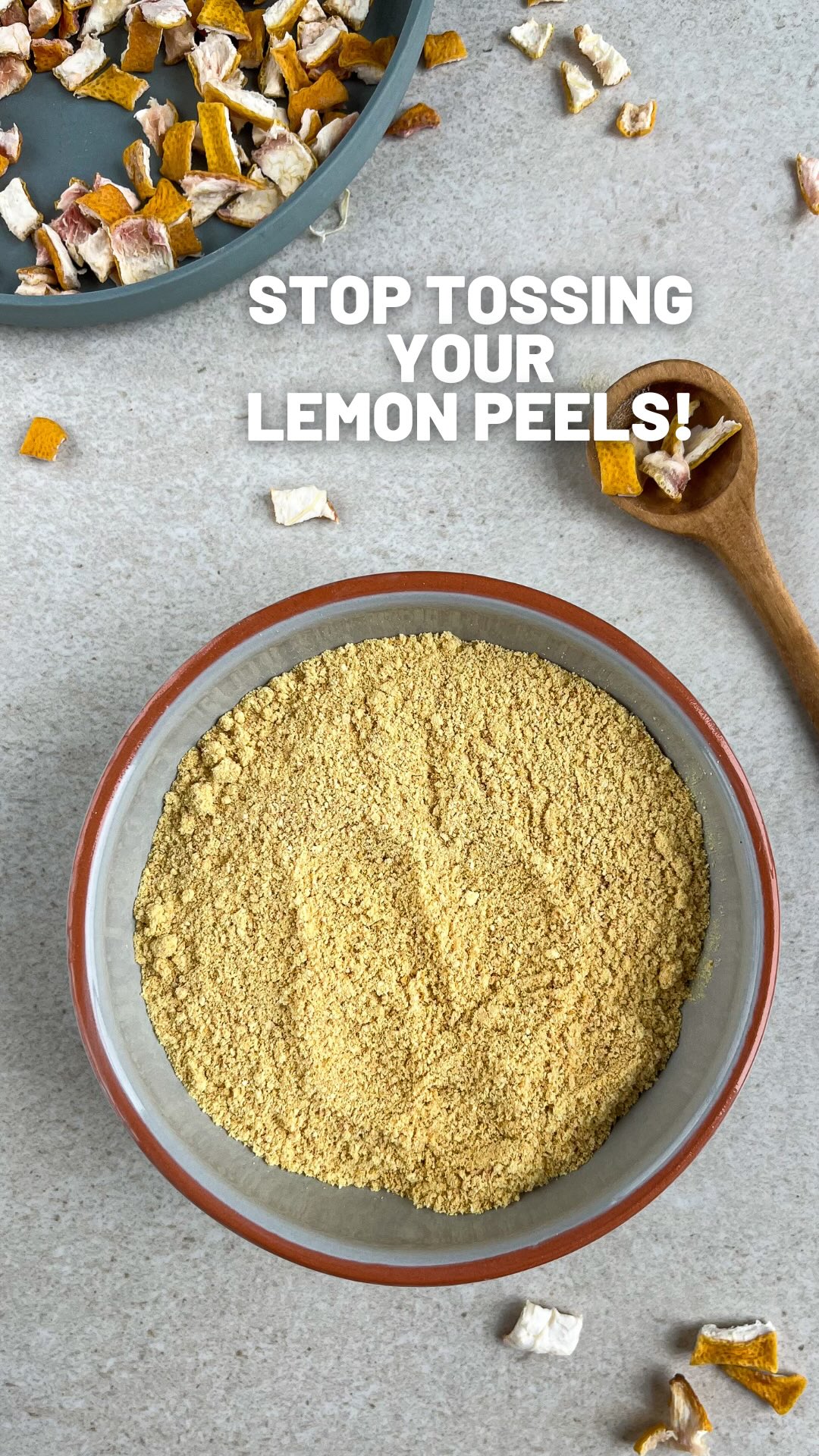

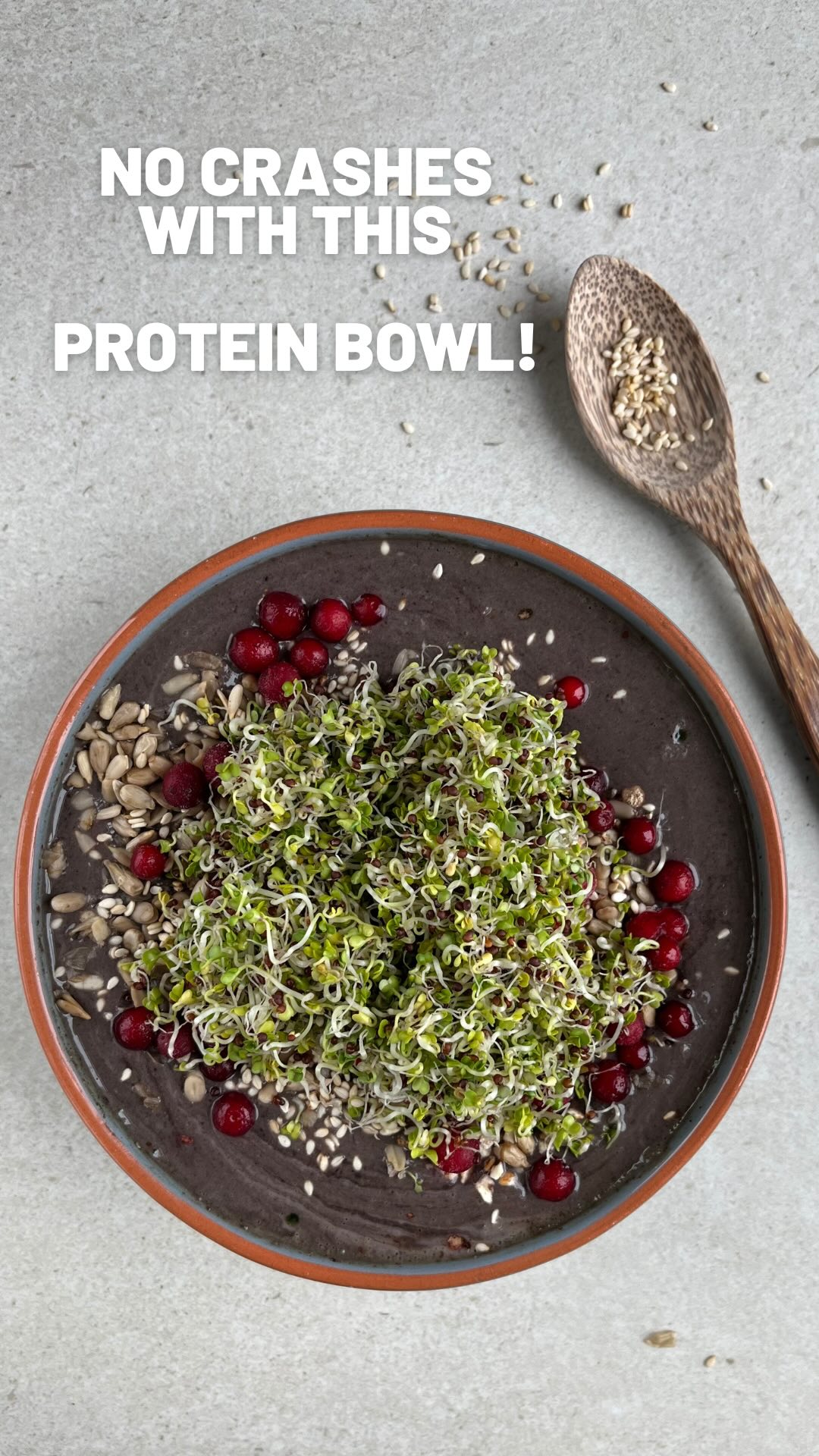











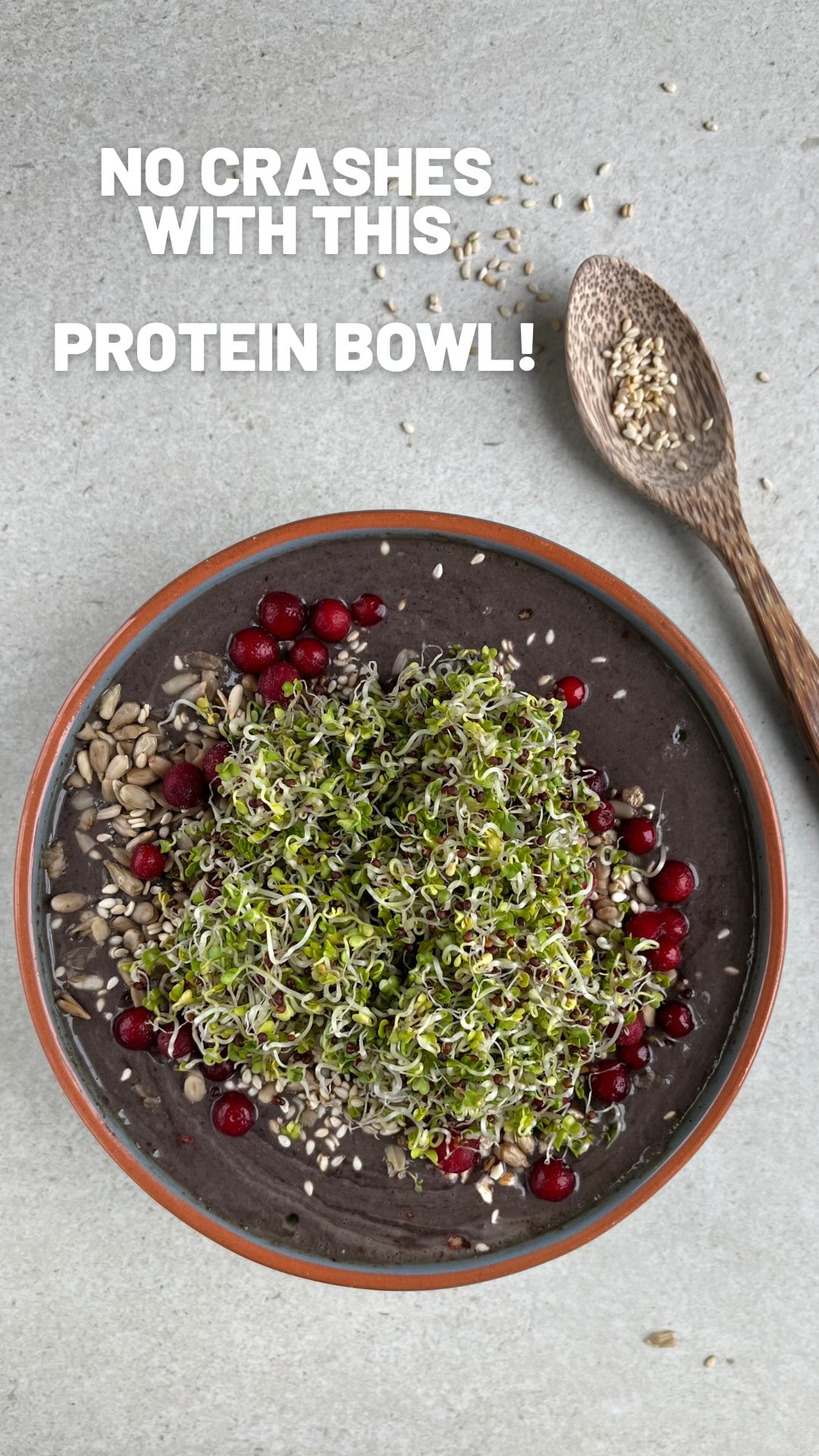


















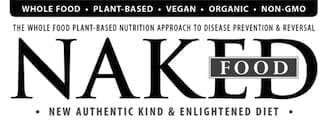

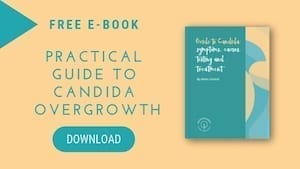

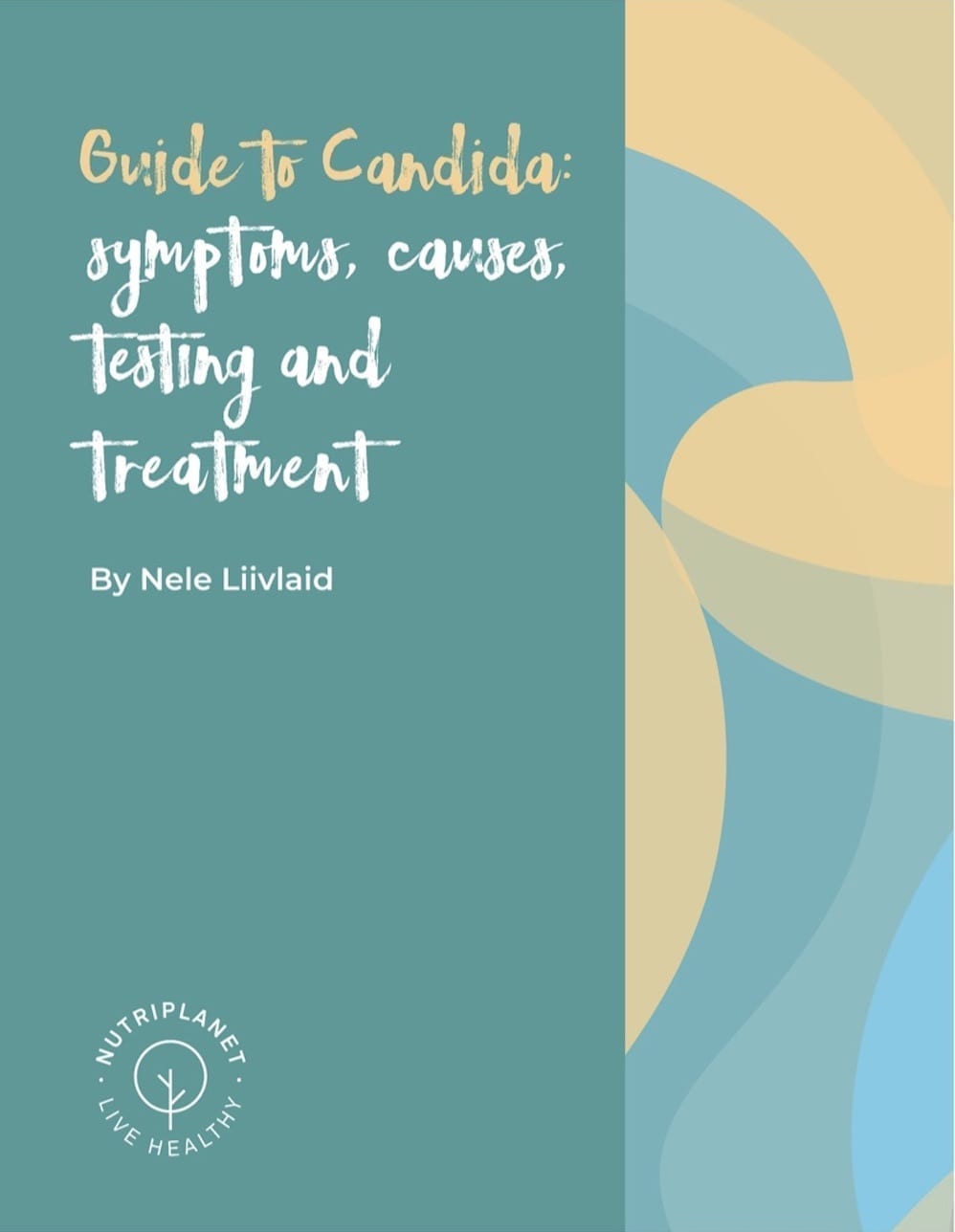
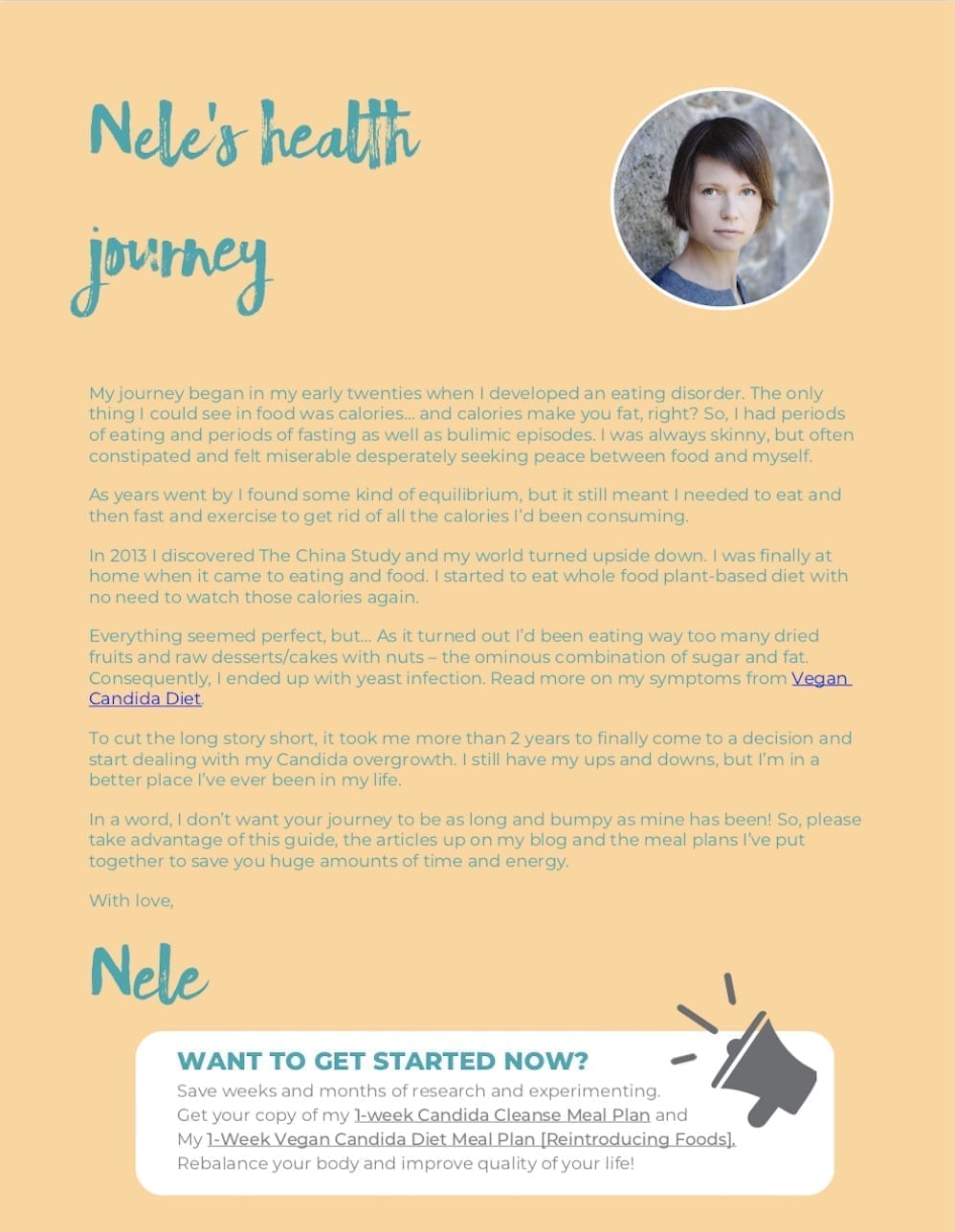
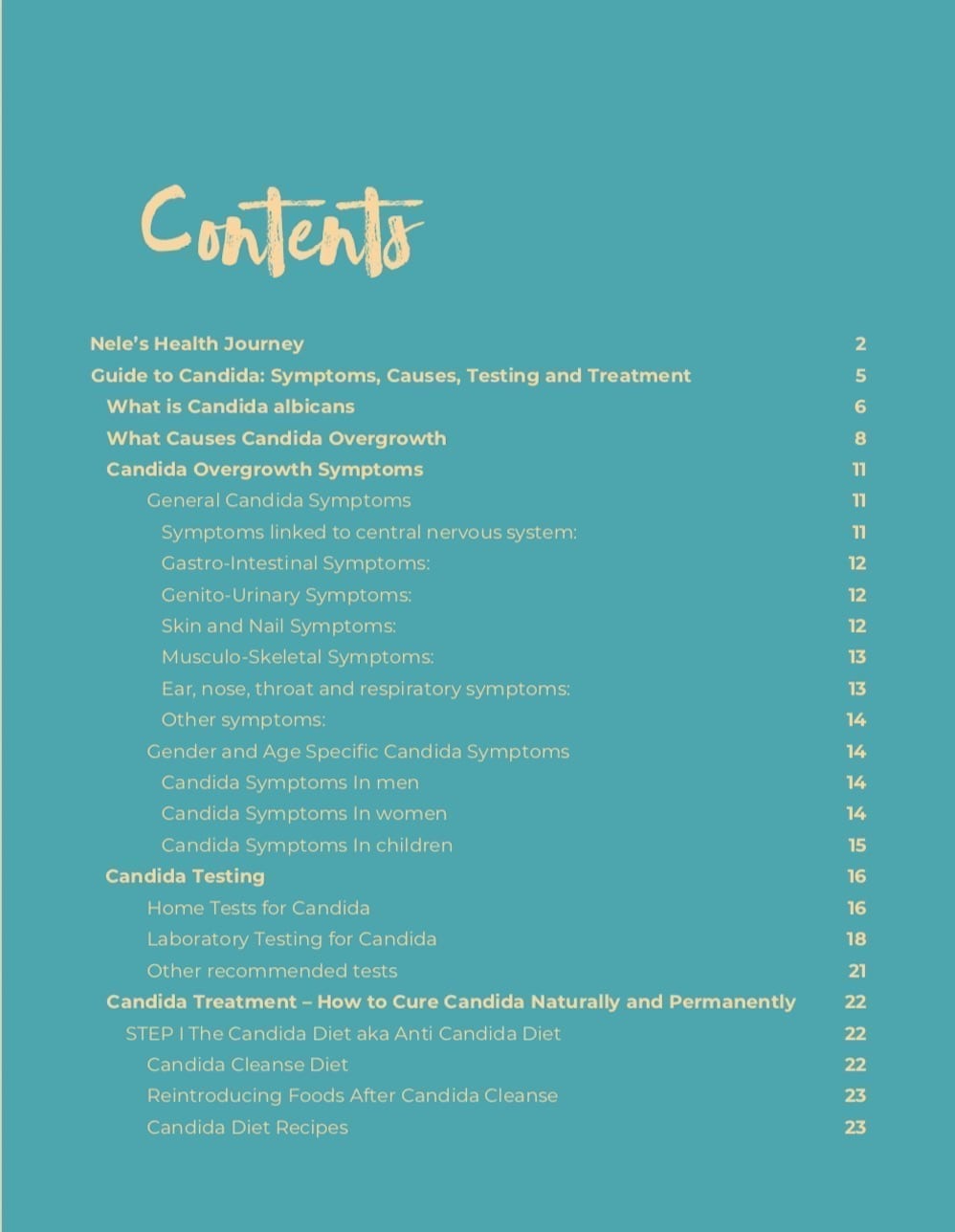
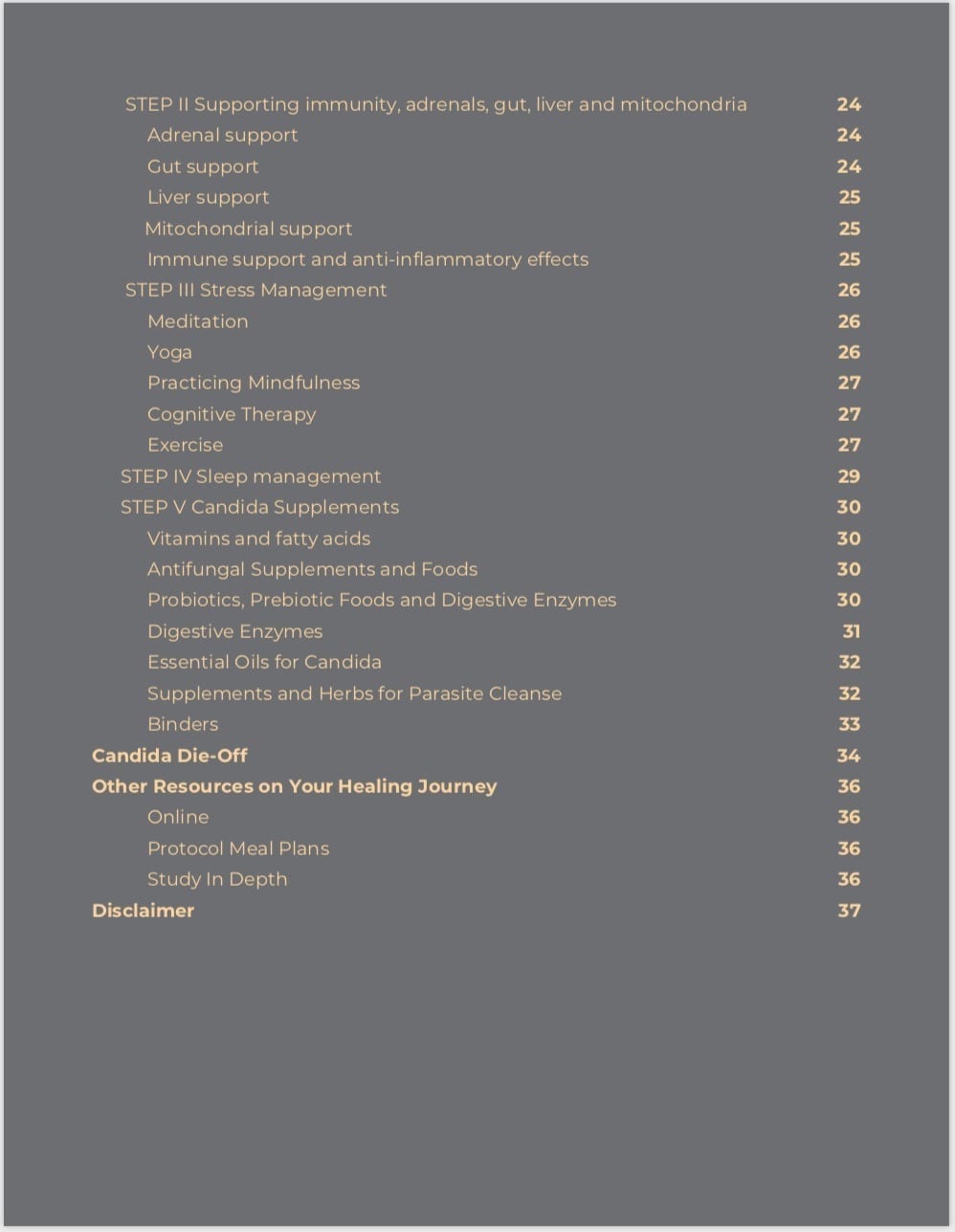
Hello – have you heard of Purecane? It is fermented cane sugar that purports to be ” a natural, zero calorie, non-GMO high potency sweetener produced naturally through the clean fermentation of sustainable sugarcane from Brazil”. I am not affiliated with it, just ran across it (as well as your helpful blog) looking for sugar alternatives. It seems to be a fairly new product. Any thoughts are appreciated.
Hi Barbara! It’s interesting, I hadn’t heard about it. However, I’d like to see some double blind study in the near future (the way that other sweeteners have been studied). As I understood, most of their product is erythritol with a little bit of sugarcane Reb M. added.